Меню
Страницы
Статья
Collection of historical sights attractive to tourists
One of the largest administrative regions in the south-west of the republic (founded in 1938). The total area is 226 thousand square kilometers, the population is 820.5 thousand people. It borders Aktobe region in the northwest, Karaganda region in the north, Turkestan region in the east and the Republic of Uzbekistan in the south. There are 7 districts (Aral, Kazalinsky, Karmakshinsky, Zhalagashsky, Syrdarya, Shieli, Zhanakorgansky), 3 cities (Kyzylorda, Aral, Baikonur).
The lower reaches of the Syr, popularly referred to as the mother of Alasha, is one of the oldest centers of human civilization. In the era of enemy battles and tragic trials, our people in the lower reaches of the Syr preserved their fate, joined forces, and began their victorious path. This is truly a fertile land.
Such sayings as "Syr eli – astanalar mekeni", "Syr eli – zhyr eli", "Syrdyn zheri -Turannyn tori" are heard by everyone today and have become unshakable truths. This testifies to the unique history of the sacred region, the hearth of civilization created by the Turkic peoples and the habitat of the inhabitants of Alash.
It is especially worth noting the words of Elbasy, who said: "The Land of Syr is the mother of Alash... This is the native land of our great ancestor Korkyt ata, such great batyrs as Zhankozha and Bukharbai, Mustafa Shokai, storytellers and poets Kerderi and Turmagambet, Abdilda and Nartai, the wonderful writer Abdizhamil and Kaltai and many other respected and talented natives of this region. Therefore, Kyzylorda is a common sacred land for all Kazakhs."
On this holy land, the legendary sage of the entire Turkic people Korkyt ata found his last refuge and rest, here humanity first set off from Baikonur to conquer outer space.
Whatever territory of this region, which has found its rightful place in the Great Steppe, you would not have visited, you will definitely find traces of various ancient historical legacies. This once again proves that the civilization on the banks of the Great River occupies a special place in Kazakh history.
Today, with the help of modern information technologies, all the necessary conditions have been created for familiarization with the monuments of the Kyzylorda region. A special website has been implemented for use (www.virtualmap .xyz), containing an interactive map of 150 objects of historical and cultural heritage in 3D format, 150 monuments have signs with a QR code.
So, we invite you to get acquainted with the most interesting historical places of our region!
Begim Ana Tower
It is located in the Aral region, 30 kilometers south of the village of Zhana kurylys. It dates from the IX-XI centuries.
The Begim Ana Tower is the best piece of architectural art characteristic of that period. According to legend, the tower was erected for Begim's mother, who was the daughter of the famous Karabura. She was a model of pure love and justice, became an innocent victim of unfounded slander. The monument is a holy place where pilgrimages are made and the wishes of those who dream of having a child are fulfilled.
Mausoleum of Kerderi
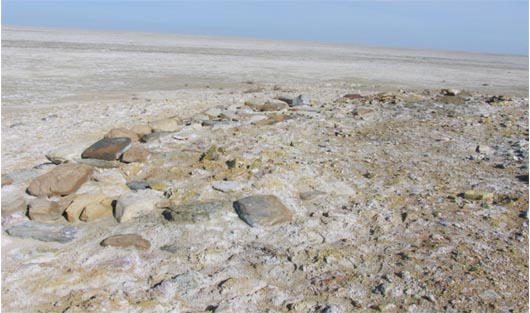
It is located in the Aral district, 65.2 kilometers from the village of Karateren. It dates from the XIV-XV centuries. Due to the fact that the mausoleum was flooded by the Aral Sea for several centuries, some of its sections were damaged. According to the data, the building was built in the XIV centuries, and this region was a populated place. The height of the found building is 1.5 meters, the area is 50 meters. Length - 23.5, width - 9.5 meters. In construction, there are ceramics in the size of 19x5x19cm, 10x5x10 cm, and smaller. Along with this, ceramic objects and human remains were found.
The settlement of Zhankent
It is located in the Kazalinsky district, 500 meters south-east of the village of Zhankent. In the IX-X centuries it was the capital of the Oguz state.
In Arabic written sources, the city of Zhankent was called Qaryat al-Hadith, al-Madina al-Jadida, in Persian sources - Dih-i-Nau, in Turkic - it is found as Yangikent. In Kazakh translation, all the names mean "new city", "new settlement".
To date, prerequisites have been created for the creation of an open-air museum in the settlement of Zhankent, where you can see conservation objects - defensive walls and towers, a citadel, a lot of living quarters and a room composition reflecting the life and traditions of the Oguz era. There is also a stele "JANKENT" depicting the historical periods of the settlement.
Mausoleum of Zhankozha Batyr
It is located in the Kazalinsky district, 4 kilometers west of the village of Ayteke bi.
The monumental complex Zhankozha batyr was built in 1992 in honor of the national hero and saint Zhankozha Nurmukhameduly, and is a sacred place of worship to the ancestor's spirit.
Monument to Ayteke bi
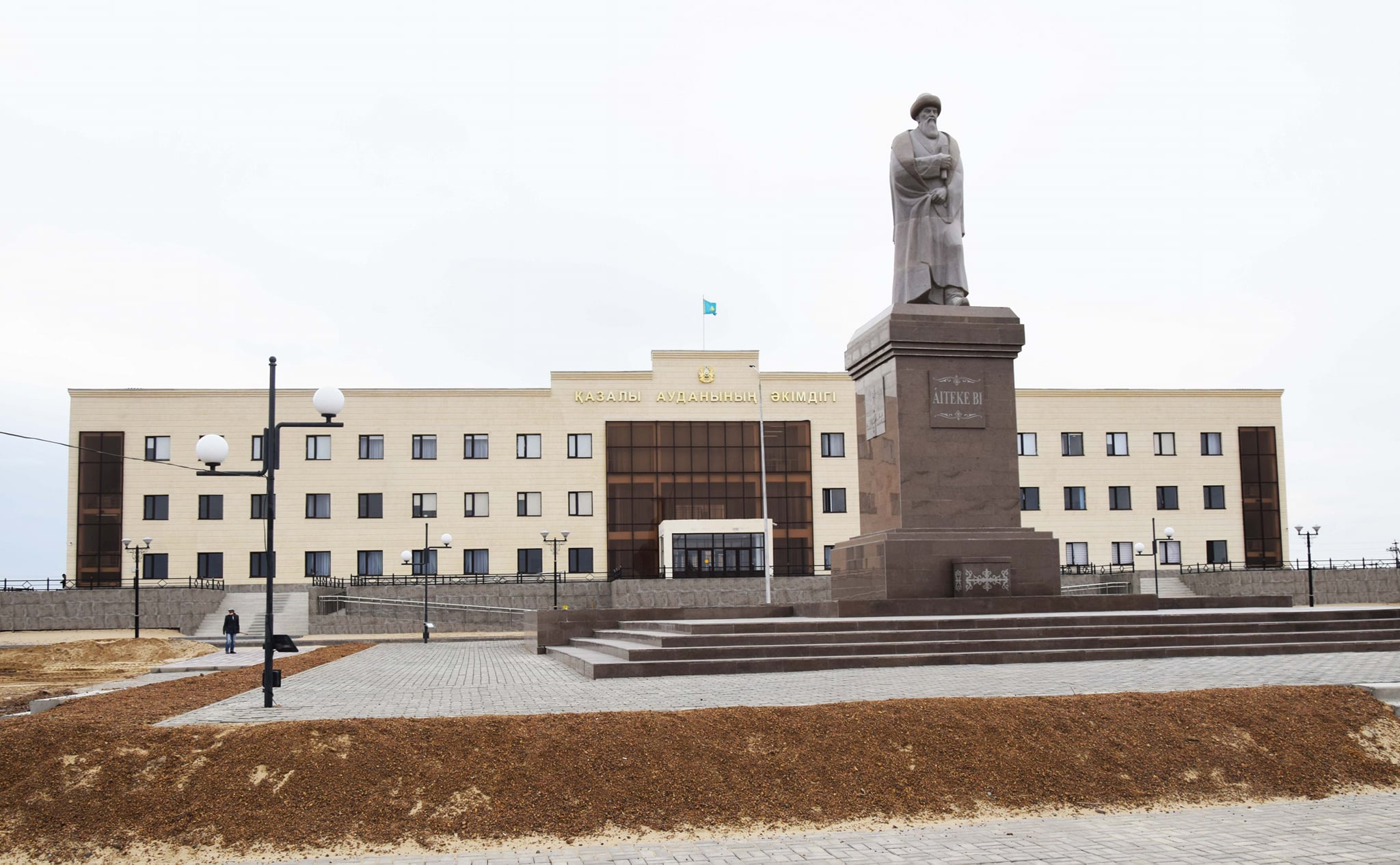
It is located in front of the building of the district akimat of the village of Ayteke bi Kazalinsky district.
The monument was built in 2018 in order to honor the name of Ayteke bi Baibekuly- biy the younger zhuz, who made a great contribution to strengthening the unity of the Kazakh people. Especially for the opening of the museum, a handful of earth was brought from the mausoleum of Ayteke bi in the Navoi region of the Republic of Uzbekistan.
The monument is made of solid granite, the author is a member of the Union of Artists of the Republic of Kazakhstan, sculptor Kazbek Satybaldin.
Babish Mulla settlements
It is located in the Karmakshi district, 47 km south of the village of Komekbayev. It dates back to the IV-II centuries BC.
The Babish Mullah= settlement was the capital of the Saks who lived on the right bank of the Zhanadarya canal that separated from the Syr Darya.
The buildings preserved in the settlement in the "Big House" plan begin with the entrance door and are distinguished by an enfilade building bordered by two three-dimensional towers. The plan of the eastern part of the house indicates that there was a celebration hall designed for special occasions and receptions. The Babish Mulla settlement was closely connected with other regions. Here artisans and blacksmiths made ceramic dishes, weapons, armor, horse harness, unique jewelry made of gold and silver. This is evidenced by archaeological items found at the site of the settlement.
The settlement of Chirik-rabat
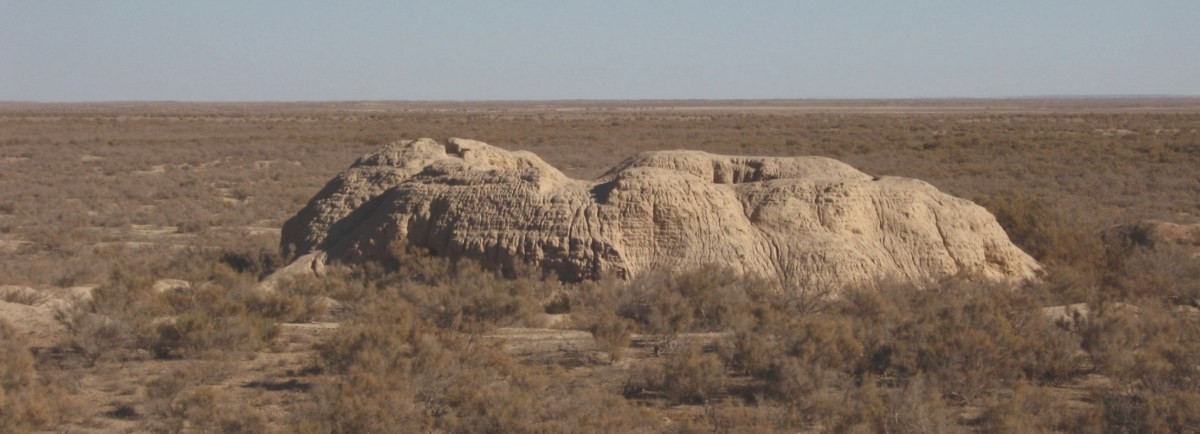
It is located in the Karmakshinsky district, 87 km southwest of the village of Komekbayev. It dates from the IV-II centuries BC.
One of the oldest cities of the lower reaches of the Syr, preserved from the Saka times. The settlement served as a border fortress of the Syr people with Khorezm and Persia. Because the communication of these countries at one time was carried out through the Zhanadarya channel. In the city of Chirik-rabat, large castles were erected, there were guard towers. In the early period, Chirik Rabat was one of the most important military cities. This can also be seen from the abundance of special facilities that were used to increase the defense capability of the city. Subsequent studies suggested that this monument is a pantheon in which the burial complexes of the Saka tribes are located.
Cultural monuments of Zhetyasar
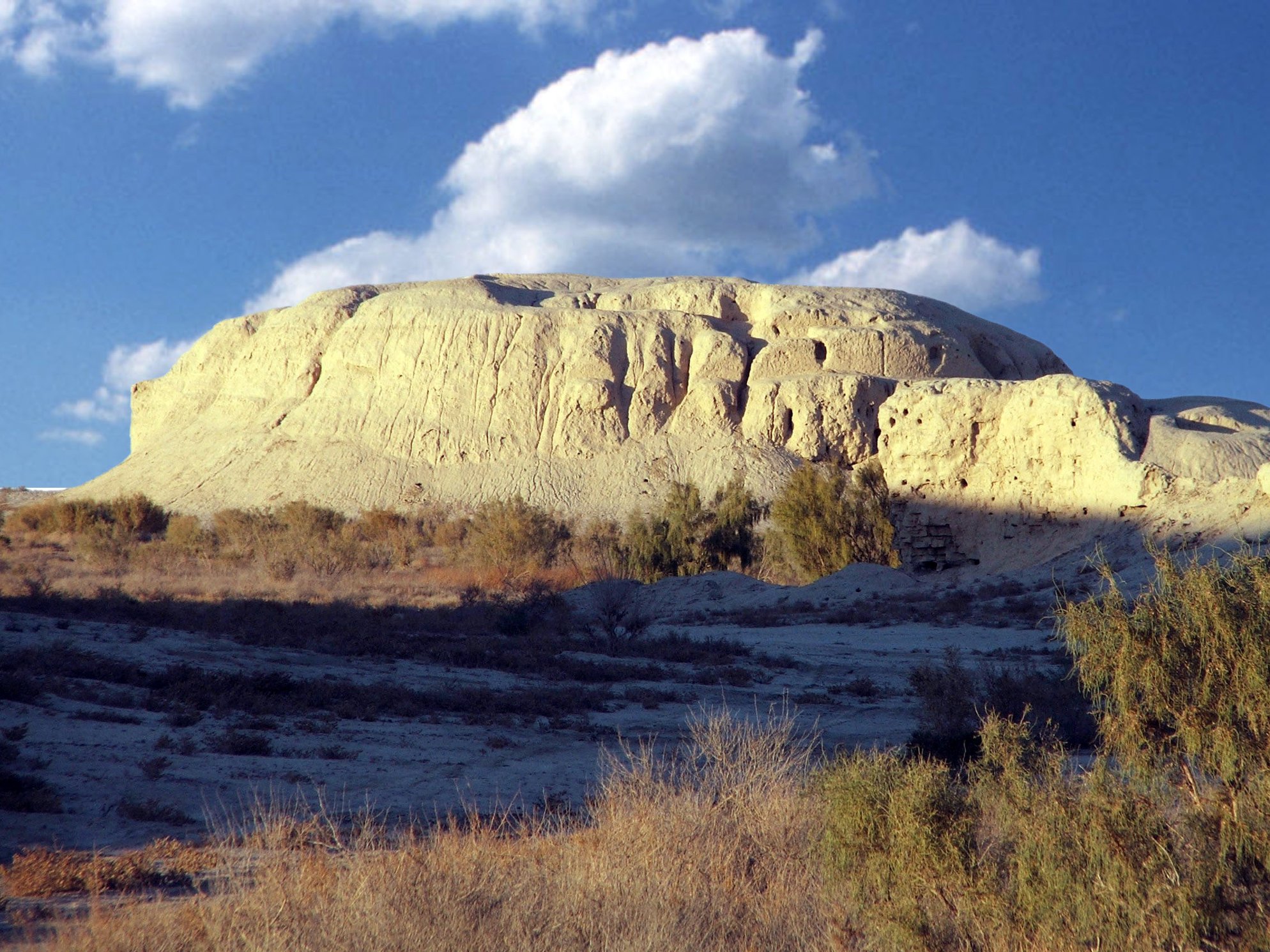
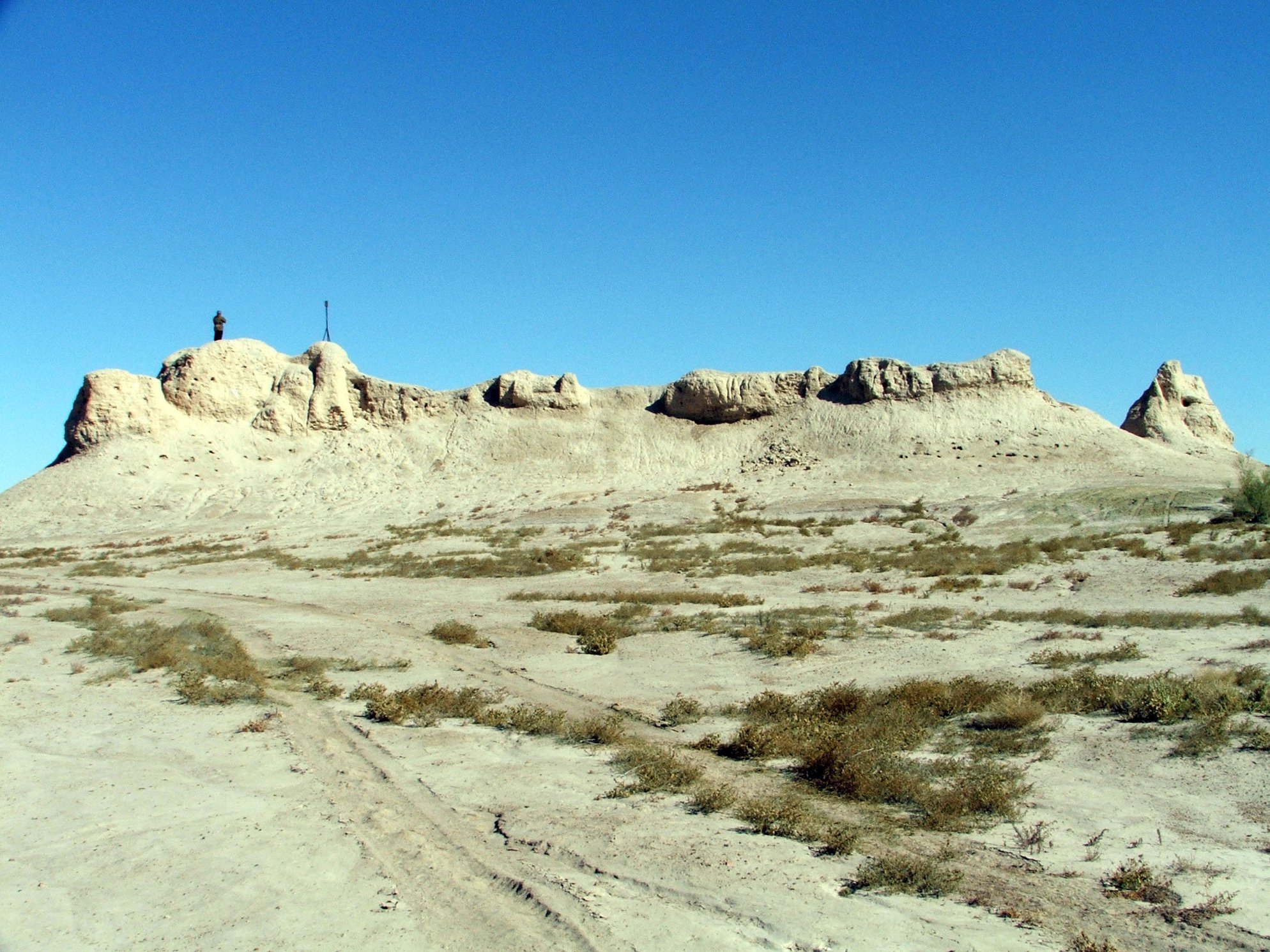
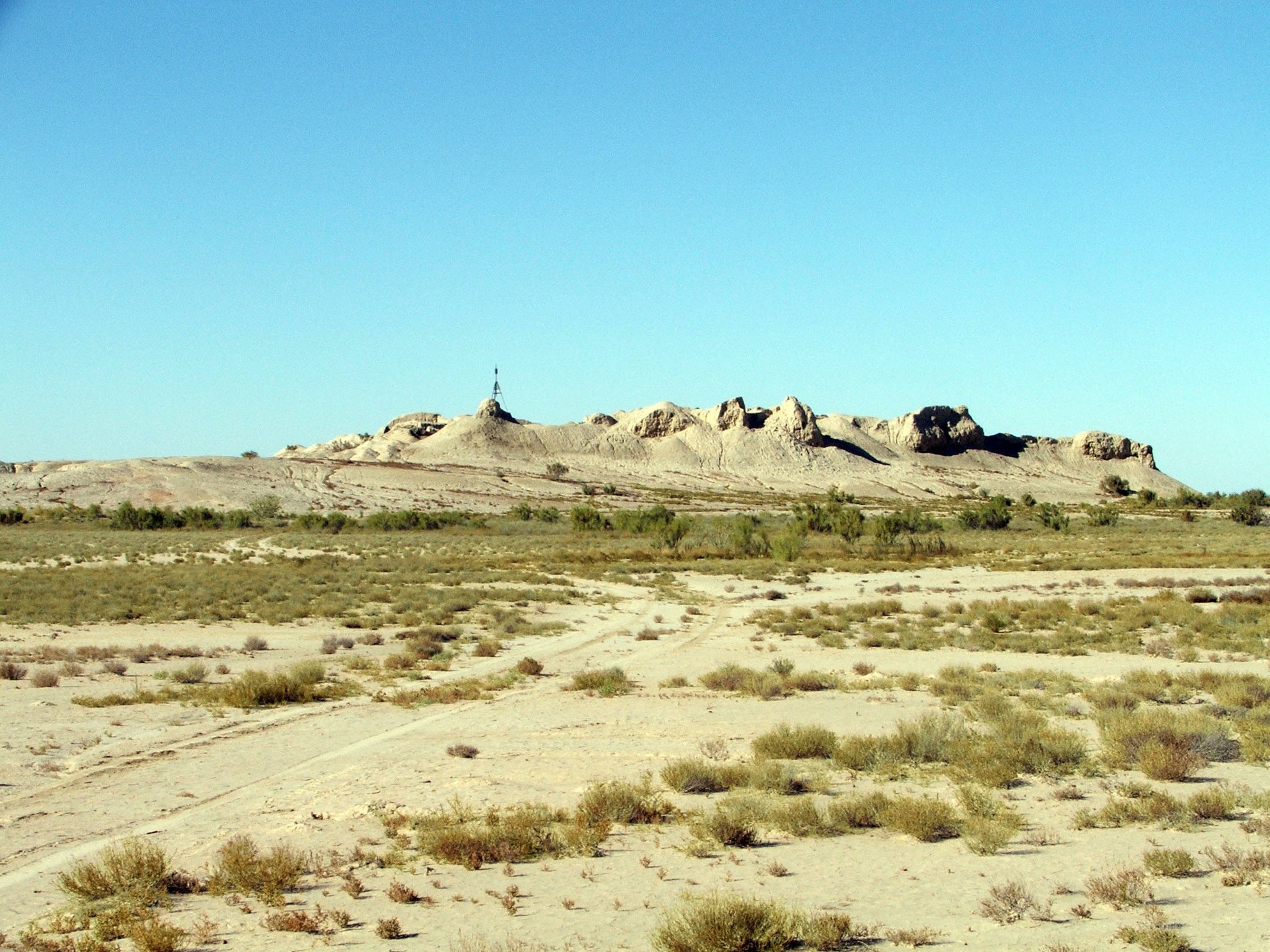
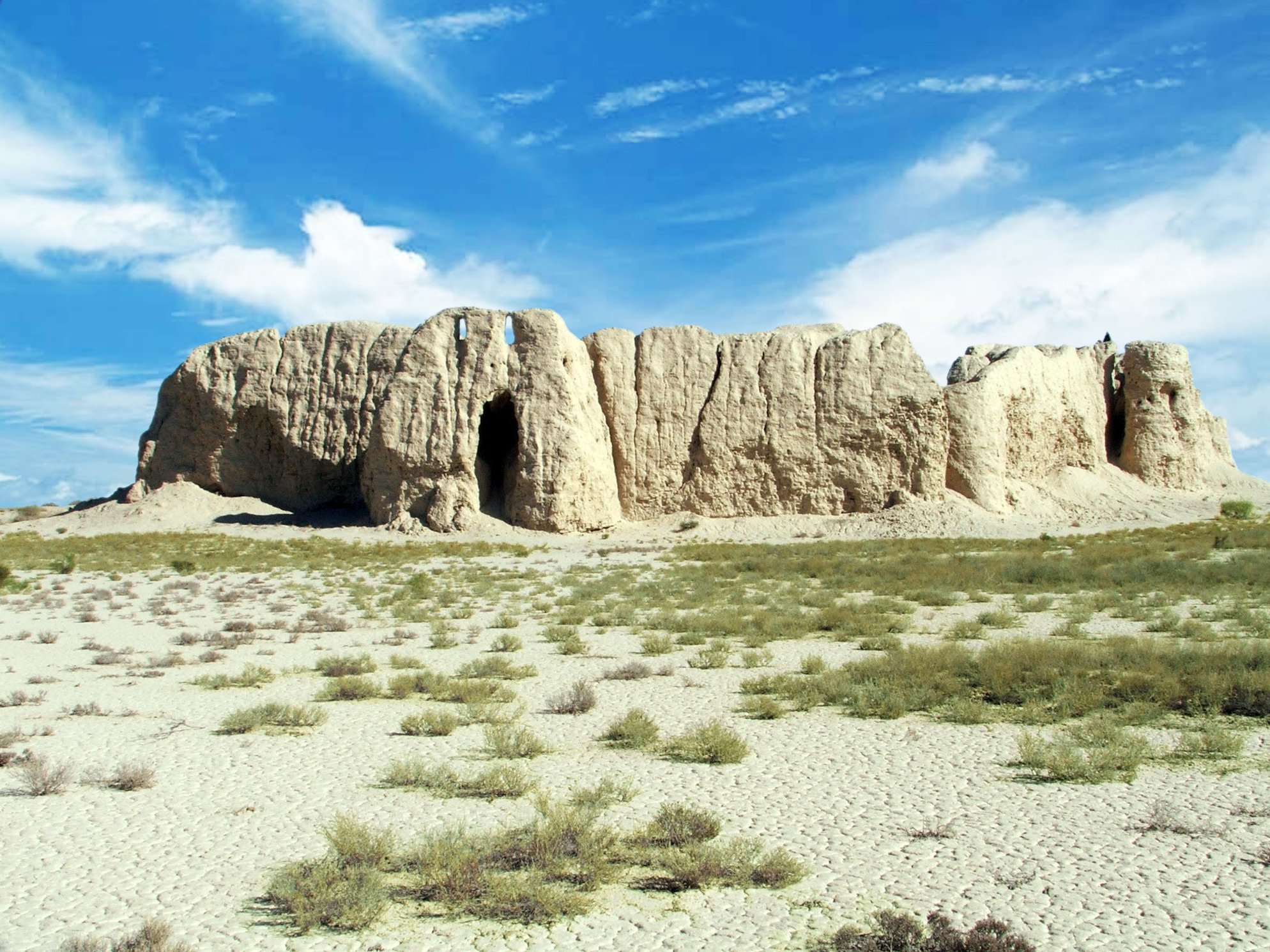
The sites of ancient cities located in Karmakshi, Zhalagash, Syrdarya districts, because of their incomplete preservation in the form of sand mounds, they were called asars.
By general similarity, these monuments were united by researchers into one culture, and named after the Zhetyasar gorge, where the main part of them is concentrated. In total, about 30 cities were identified here, such as the largest of the asars in the region Altynasar and Bidayik Asar, Sorly Asar, Domalak Asar, Ungirli Asar, Tompak asar, Kara Asar, Jalpak asar,Tikasar, Tas Asar, Kosasar, and hundreds of burial mounds and places of irrigation systems.
These cities were part of the historical Kangyu state together with the tribes that created the Kauynshy culture and the Otyrar-Karatau culture, whose population spread along the middle course of the Syr Darya throughout Tashkent. Zhetyasar is a major culture that has its place in history. Asars consistently occupy the territory in Kazakhstan, covering the Kyzylorda and South Kazakhstan regions, extending to Tashkent.
The monuments of Zhetyasar culture are distinguished by semi-desert terrain and close proximity to each other. Suitable for extreme tourism. This is one of the factors that arouse interest among tourists.
Korkyt Ata Memorial Complex
It is located in Karmakshi district, 18 km northwest of the village of Zhosaly. The complex was built in 1980. Authors - B.A.Ibraev, S.I.Isataev.
The complex was built in honor of Korkyt ata, who was a common thinker for the Turkic peoples, zhyrau, kuishi and kobyzist. Information about Korkyt reached us in three different ways. One of them is legends and stories about Korkyt in the mouths of the people, the second is historical chronicles, the third is the book of Korkyt ata. Korkyt ata is one of the great thinkers who lived in the time of the Oguz, and the hero of the legend. It is known that Korkyt's mother was from the Kipchak tribe, and his father was from the Karakozha Oguz. That is why Korkyt was equally revered by both Kipchaks and Oguzes who lived along the Syr Darya at that time. There is historical evidence that the sage was the leader of the country for many years, during his lifetime he was a vizier under three khans.
The complex includes a stele with the image of a kobyz, a sculpture of a cat, an underground prayer house, an amphitheater, and a museum.
The complex is a sacred place of pilgrimage for Turkic-speaking peoples and a work of architectural art.
Mausoleum of Maral Ishan
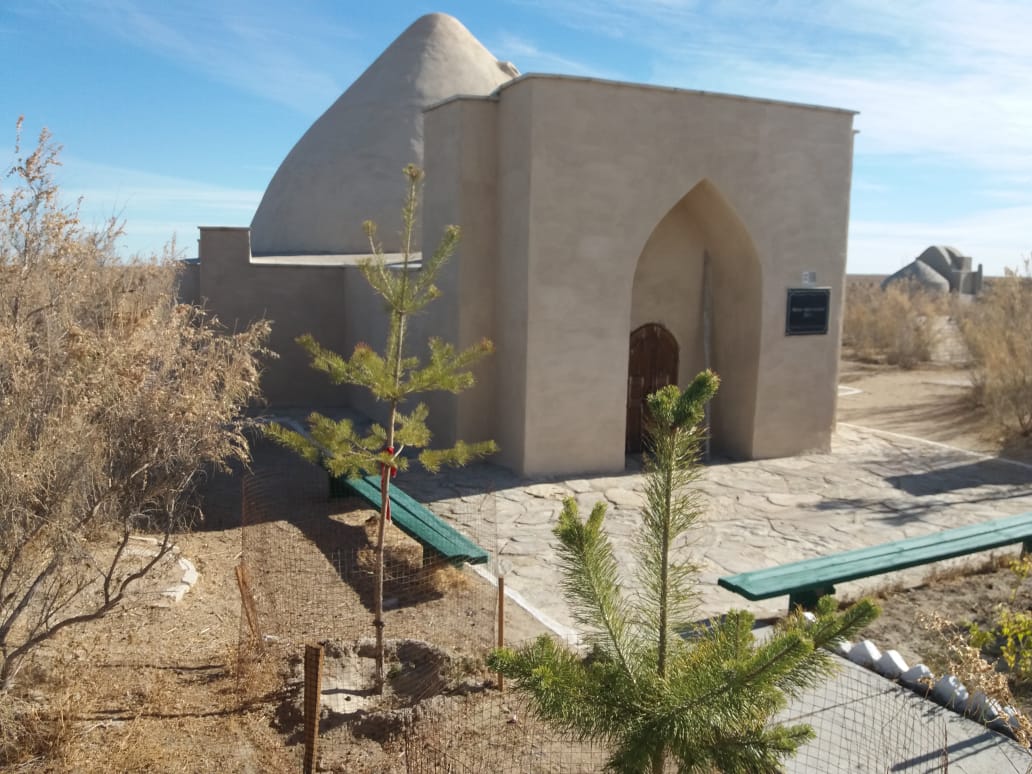
It is located in the Karmakshy district, 18 km east of the village of Zhosaly, in the valley of the Karaozek River. The mausoleum was built in the 19th century.
The mausoleum was erected at the burial place of the religious figure Maral Ishan. One of the prominent monuments based on local tradition. It is a holy place for the worship of ancestral spirits.
Mausoleum of Kalkay Ishan
It is located in the Karmakshi district, 18 km east of the village of Zhosaly, in the valley of the Karaozek River. The mausoleum was built in the 19th century.
The mausoleum of Kalkay Ishan is distinguished by the similarity with the mausoleum of Khoja Ahmed Yasawi. It was erected at the burial place of the eldest son of Maral Ishan - Kalkay Ishan. It is a holy place for the worship of ancestral spirits.
The settlement of Zhent
The medieval settlement is located 30 km south of the Akkyr village of the Zhalagash district, dating back to the X-XV centuries. The cities of Zhankent, Barshynkent, Ashnas (Asanas) located on the site form a group of cities of the Women's Region. The site of the city currently occupies an area of more than 40 hectares. The chronology of the city ruins can be attributed to different centuries. According to medieval historical sources, in the IX-XII centuries the city was inhabited by tribes of Oguz and Kipchaks who professed the Muslim religion.
In the XII-XIII centuries, the city of Zhent was one of the mainstays of the lower reaches of the Syr during the transformation of the Khorezm state into a world power.
It has become a major cultural and economic center in the land of Syr. There was a mint in the city, where silver and copper coins were produced.
Tumen Aulie Mausoleum
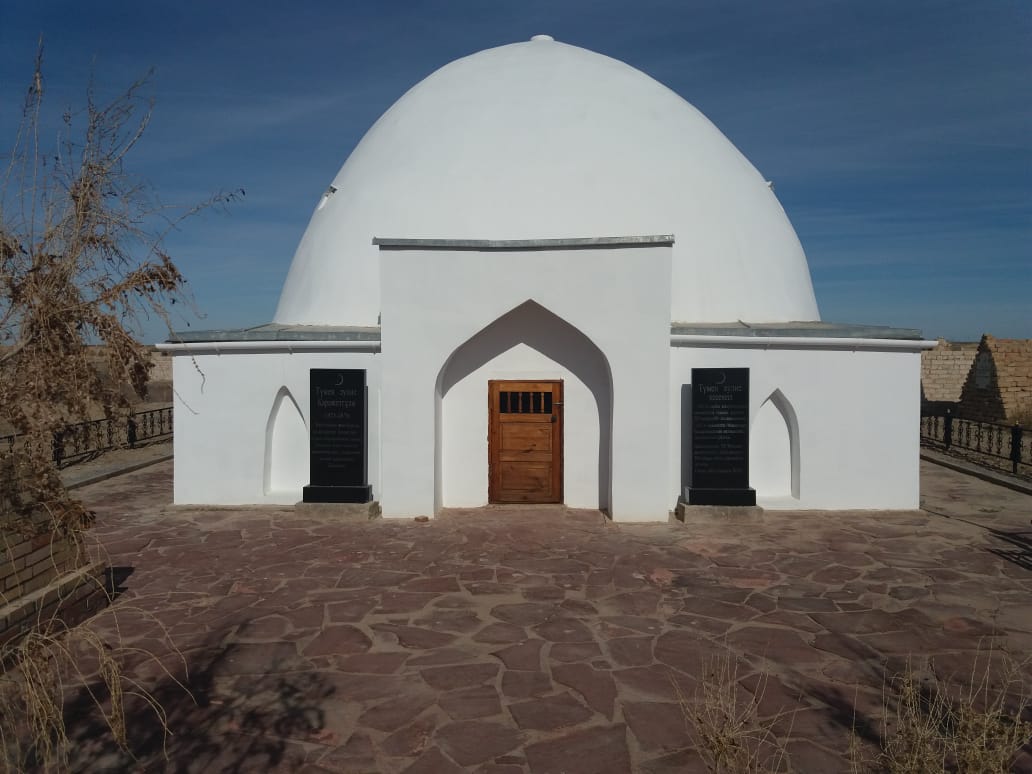
It is located in the Zhalagash district, 4.5 km northwest of the village of Morali Shamenov, 7 km southwest of the railway station Karaketken. The mausoleum was built in the 19th century.
The mausoleum was built on the model of the "uytam" Kazakhs living in the lower reaches of the Syr. It was erected at the burial place of the religious figure Tumen aulie, who propagandized Islam and educated students.
Asanas settlement
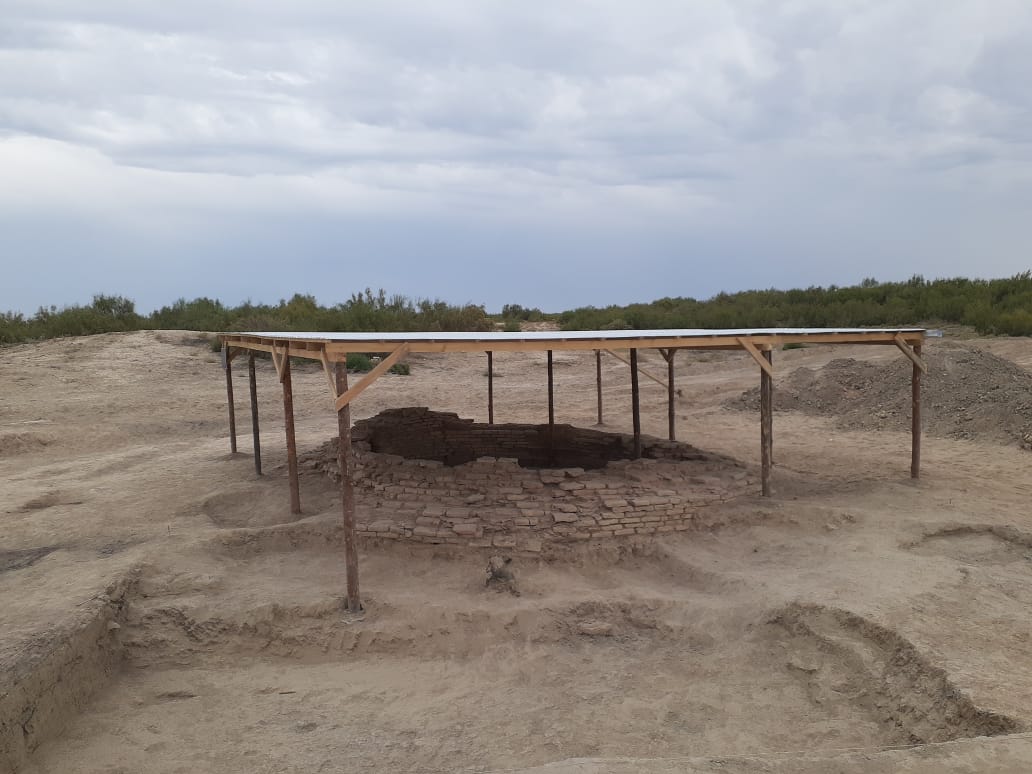
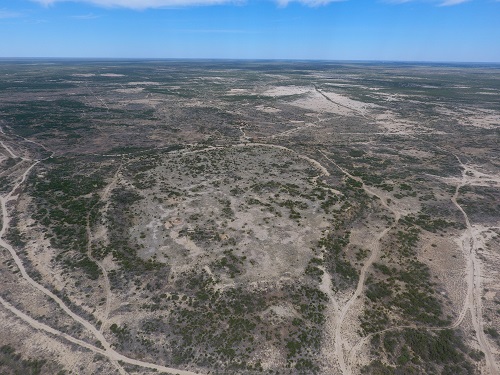
It is located in the Syrdarya district, 15 km west of Aidarly village. It dates back to the XII-XV centuries.
Asanas is the site of an ancient city that has been preserved since the Middle Ages. It is located on the left bank of the Syr Darya River along the Great Silk Road. During the Mongol invasion, due to stubborn resistance to the enemy, it was destroyed, and most of its population was exterminated. Like other cities along the Syr Darya, it was soon restored and lasted until the XIV-XV centuries.
Kyshkala settlement
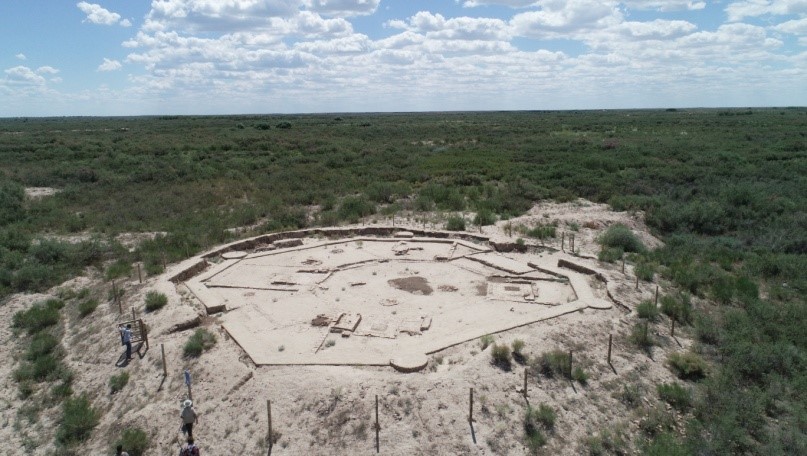
It is located 2 km east of Kogalykol village of Syrdarya district. It dates back to the XIII-XV centuries.
Kyshkala settlement is also called as Barshynkent, Barchinlygkent, Barjinligkent, Kyzkala. During the Golden Horde period, the city was a major trading center. The Italian traveler Rubruk first wrote about this city in 1242. About the city located along the Great Silk Road, its name is known as Kyshkala, but its historical name is forgotten.
Professor Auelbek Konyratbayev, relying on a folk legend, recalled that this is the city where Alpamys batyr left his wife Gulbarshyn. In some written sources, this city was previously called Barshynkent. The absence of written data on Kyshkal after the XV century is probably due to the relocation of the population to another area after the change of the Syr Darya riverbed. The peculiarity of this monument is that every building object here is built of baked ceramics, and religious buildings are lined with glazed ceramic stickers.
Kalzhan Akhun Madrasah Mosque
It is located 12 km west of the village of Kalzhan Akhun of the Syrdarya district.
The mosque-madrasah was built in the traditions of the "brick" style characteristic of the XIX-XX centuries. Here the well-known religious figure Kalzhan Аkhun Bolekbaevich propagandized Islam and educated students. It is distinguished by the presence of a high tourist potential.
Aitbay Mosque
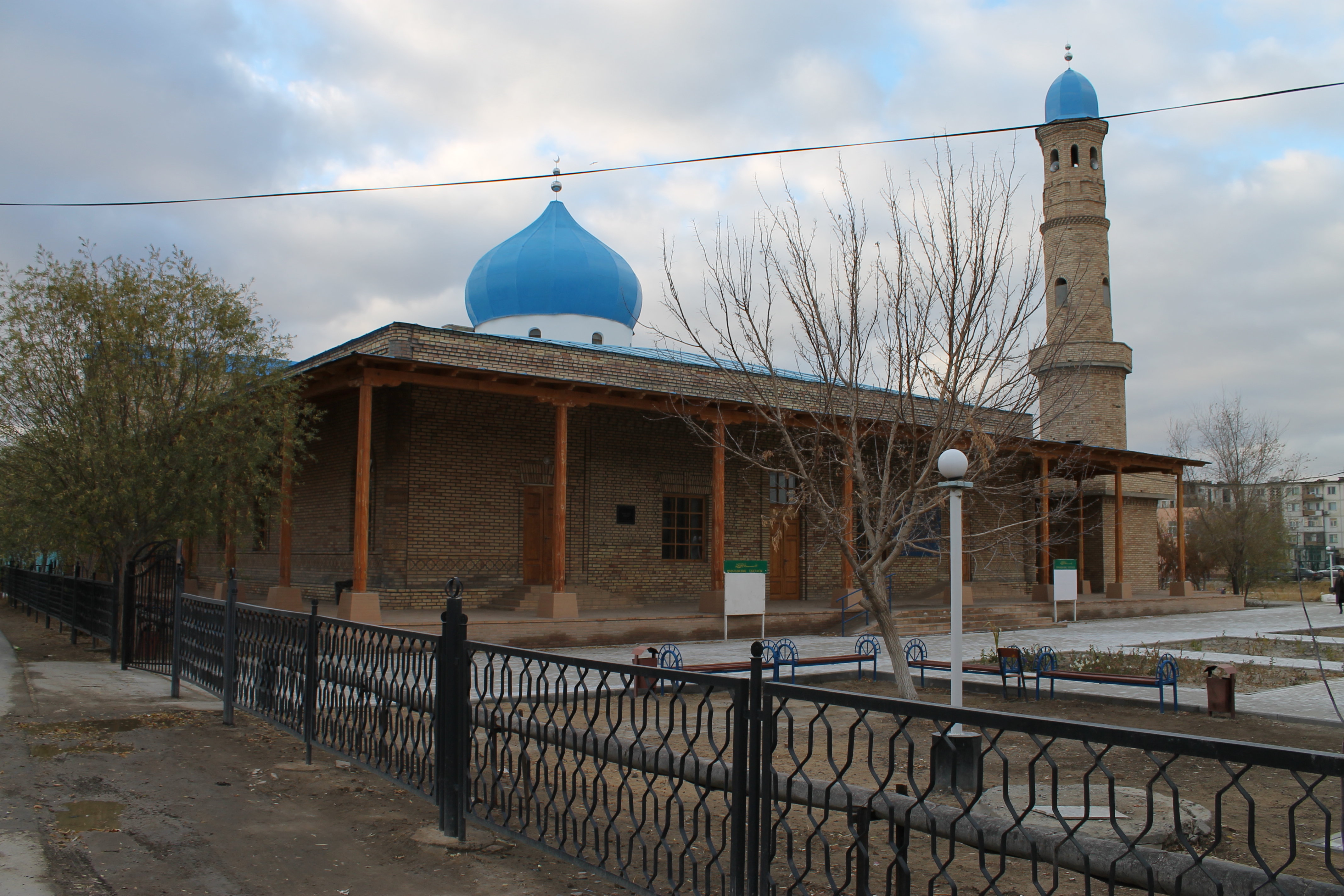
It is located in the city of Kyzylorda on K.Satpayev St., 18.
The mosque was built in 1878. One of the prominent monuments characteristic of the nineteenth century. The mosque, located in the regional center, was built on the initiative of Aitbay Haji aulie by masters Iskann and Kamal.
In Soviet times, the building changed its main purpose several times, in the 1950s it was used as a cinema, later there was a boarding school, in 1970-1971 - a sewing workshop, then the institution "Kyzylordarestavration".
Since independence, the building has become a place of worship for Muslims.
Church building
It is located at the address: Kyzylorda, Toktybayev str., 5.
The church is an alternative to a widespread architectural project. Similar churches are found in Astrakhan and Tashkent. In 1895-1939 there was a Russian church here, in 1939-1957 - families of the repressed lived here, in 1957-1980 - there was a regional museum here, in 1980-1991 - the building was empty. Today the church is the main place of worship of Christians.
Monument to Zhalantos Bahadur
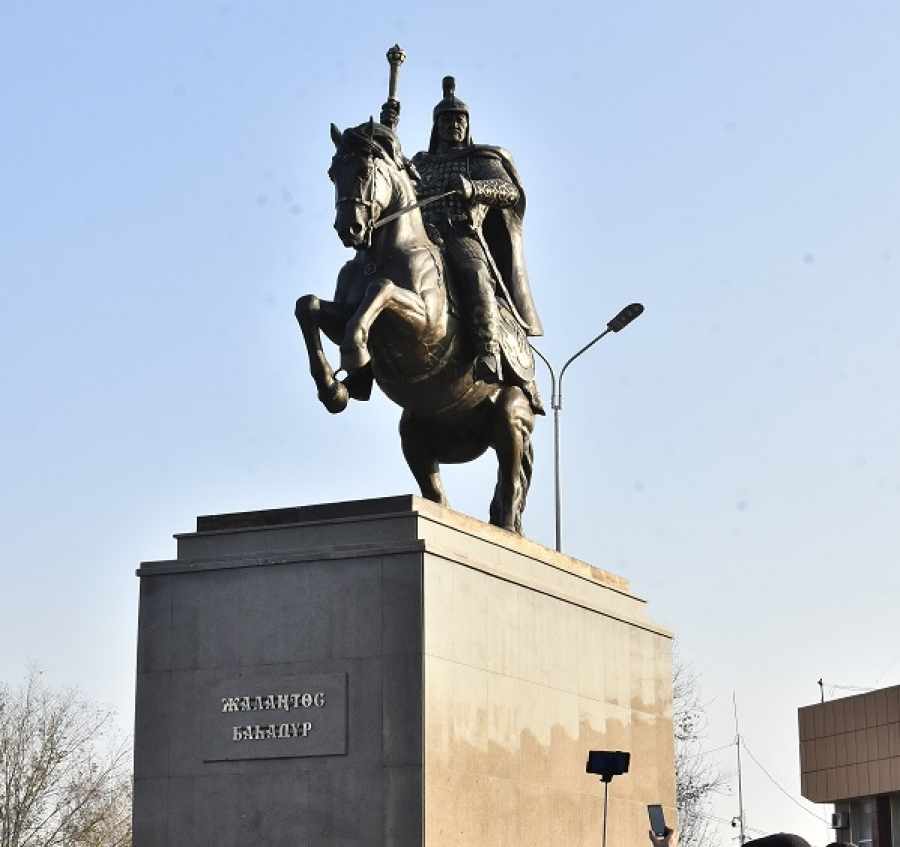
It is located in the city of Kyzylorda at the intersection of Sultan Beybars and Zhibek Zholy streets.
Kazakh batyr, commander, Emir of Samarkand Zhalantos Seitkululy was the grandfather of Ayteke bi, who lived in the X VII-X VIII centuries.
The monument was erected in 2010. The authors are members of the Union of Artists of the Republic of Kazakhstan, sculptor N.Dalbai and K.Zharylkapov.
Monument to Bukharbai Estekbayuly
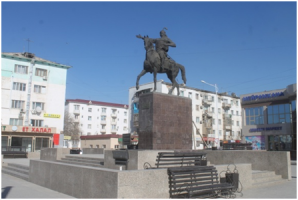
It is located in the city of Kyzylorda on G.Muratbayev str., 72b.
Bukharbai Estekbayuly is one of the batyrs who supported the Kazakh Khan Kenesary, who led the national liberation struggle against the tsarist colonies in the XIX century.
The monument was erected in 2012 in honor of honoring the memory of a historical figure. It was erected according to the project of J.Ismailova on a bronze-cast pedestal lined with granite stone.
Monument to Zhankozhа Nurmukhameduly
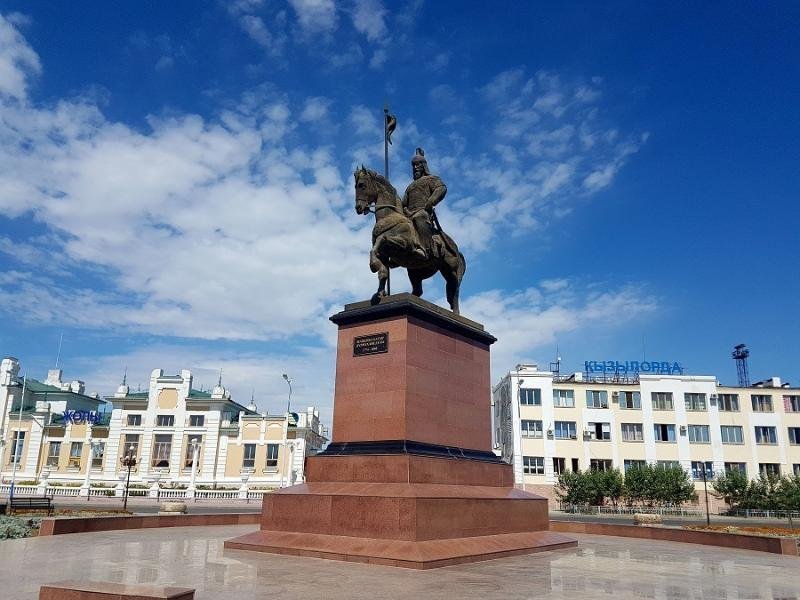
It is located in the city of Kyzylorda near the railway station.
Zhankozha Nurmukhameduly is the leader of the national liberation uprising of the Kazakhs of the land of Cheese against the oppression of the Khiva, Kokand khanates and colonizers of Russia.
The monument was erected in 2014. Cast in bronze. Authors: members of the Union of Artists of Kazakhstan, sculptors A.Kenenbayev, K.Dulatov, T.Serikbayev.
Monument to Mustafa Shokay
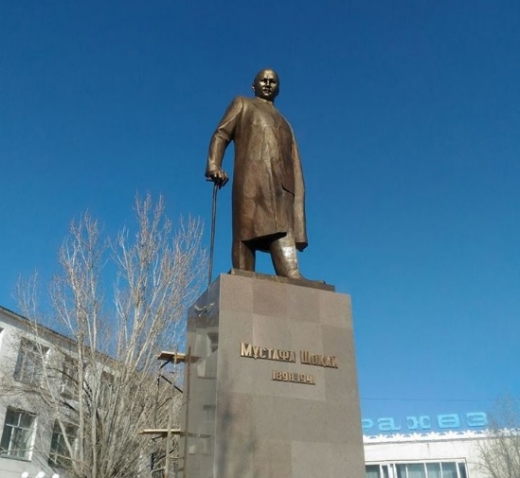
Located in the city of Kyzylorda, on street Y.Zhakaev.
It was established in 2018 with the aim of perpetuating the memory of the statesman and public figure Mustafa Shokay. The monument is cast in bronze, mounted on a pedestal lined with granite. The author of the monument is the famous sculptor K.Baigaziev.
Monument of Batyrkhan Shukenov
It is located in the city of Kyzylorda, in the park named after B. Shukenov.
The monument was erected in 2018 in order to respect the name of the Kazakh and Russian pop star, composer, famous singer Batyrkhan Kamalovich Shukenov.
The monument is made of bronze, mounted on a pedestal of solid granite. The author of the monument is the country's famous sculptor M.Mansurov.
Petroglyphs of Sauyskandyk
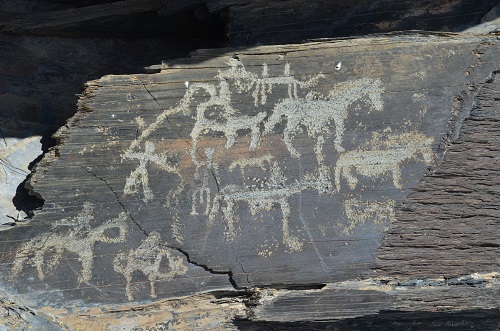
It is located in the Shieli district, 50 km northeast of the village of Enbekshi. Petroglyphs Sauyskandyk, along with an archaeological monument with a deep history, is one of the unique tourist sites with a natural landscape.
As for the issues of periodization or disclosure of chronological boundaries of petroglyphs, here the drawings cover the period from the era of ancient Bronze to the Middle Ages and the subsequent period of Kazakh engravings. The main motifs are anthropomorphic figures, symbols depicting bulls, carts, camels and other animals. All of them are combined in compositions with various subjects, directly related to a variety of everyday religious knowledge, mythological outlook. These images reflect the peculiarities of the religious beliefs of the Bronze Age and some of its rituals.
Mausoleum of Okshy ata
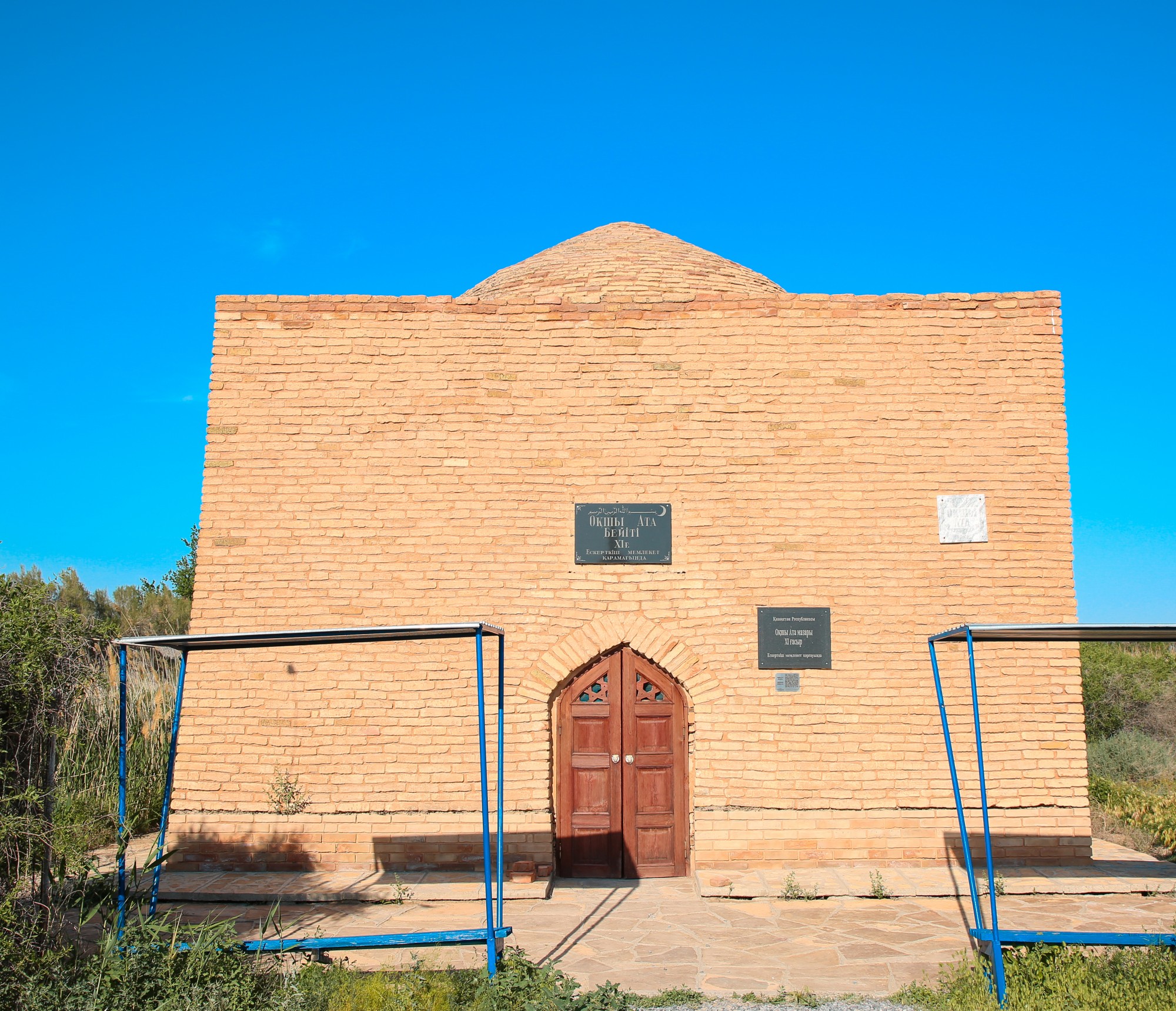
It is located in the Shieli district, 5 km east of the village of Baigekum. The mausoleum was built in the XV century.
Information about the mausoleum is found in the works of V.Kallaur, I.Castanie, A.Niyazov, A.Konyratbayev. This is one of the mausoleums preserved on the Kazakh land since the time of the Oguz-Kipchaks. The name of the buried in the grave is Ibrahim Shaikh. His nickname is Cohentulus. Okshy ata is a name that was later appropriated by the people. Okshy ata is a great personality who lived in the XI century, he saved his people from enemies and fought for the future of the country. The large burial ground in which the mausoleum of Okshy Ata is located is of great importance as a burial place for such saints as Gayip ata, Kysh ata, Asan ata, Esabyz ata, Dosbol bi, Bala bi.
The settlement of Syganak
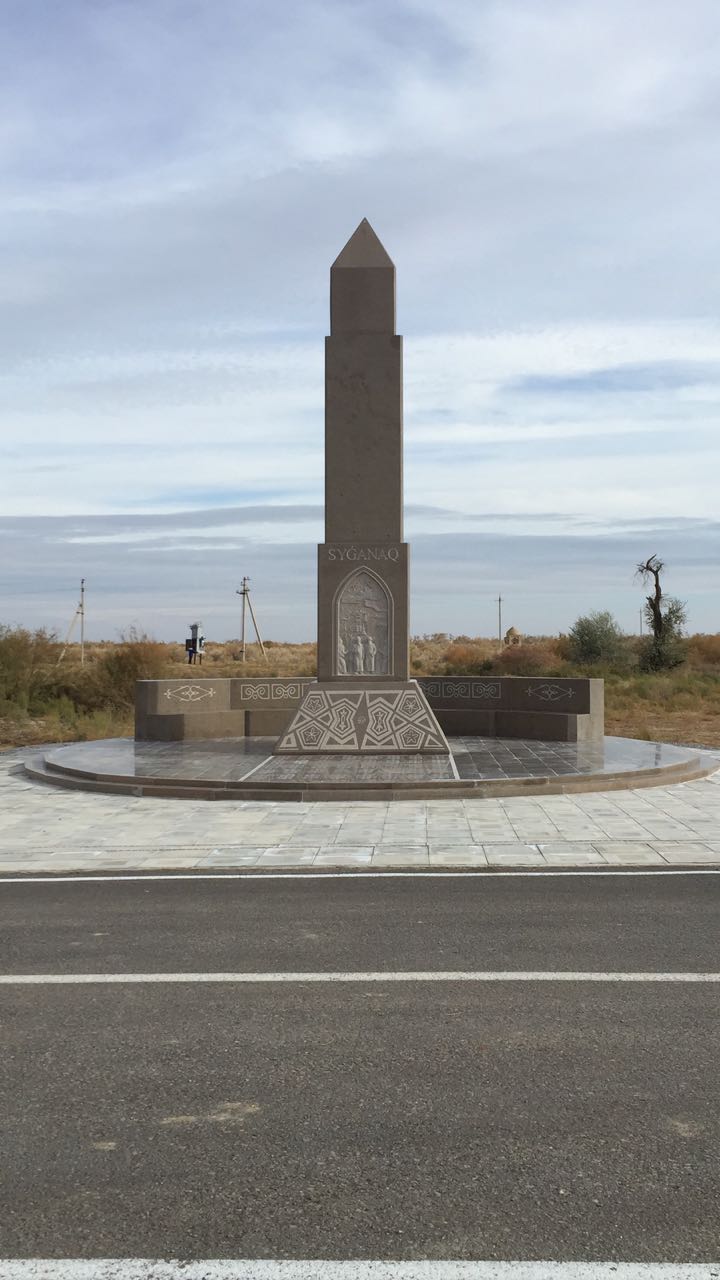
It is located 2 km northwest of the village of Sunakata in Zhanakorgan district. It dates from the X-XVIII centuries.
According to medieval data, the city in the XI-XIII centuries was the capital of the Desht-Kipchaks, in the XIII-XIV centuries - the Ak Orda, in the XV-XVII centuries - the Kazakh Khanate. It is known that the city, which has survived various historical periods, existed until the XVIII century. The name of Syganak, as the "Harbor of the Kipchak steppes", testifies to the high level of development of the economy and socio-economic potential of the city on the Great Silk Road.
Syganak was once one of the largest centers of spiritual education, where culture flourished and art developed. One of the significant works of the Golden Horde era - the poem "Khusrau men Shyryn" (author: Kutb shayyr) - was written in Syganak. The sources also say that a talented scientist Hisamiddin Sygnaki was born in this city, whose works are called masterpieces of the eastern mind.
To date, the prerequisites for the creation of an open-air museum have been created in the settlement of Syganak, where you can see preserved objects: defensive walls and towers, gates, living quarters. A "SYGANAQ" stele depicting the historical periods of the city was also built.
Mausoleum of Tolegetai-Kylyshty
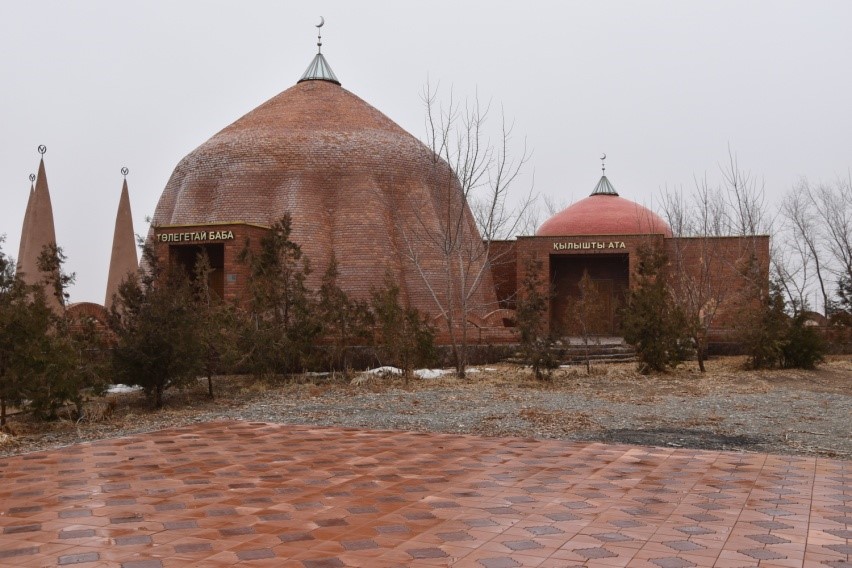
It is located 7 km south of Kyrkense village of Zhanakorgan district. The mausoleum was built in 2008.
The mausoleum was erected at the burial place of the heroes of their time Tolegetai and Kylyshty, who revered each other, fought for the unity of the people and as saints possessed special qualities. The complex was built according to the project of the country's famous architect Bek Ibrayev. The holy place is distinguished by the fact that it heals people seeking healing by the power of the Almighty.
Mausoleum of Korasan ata
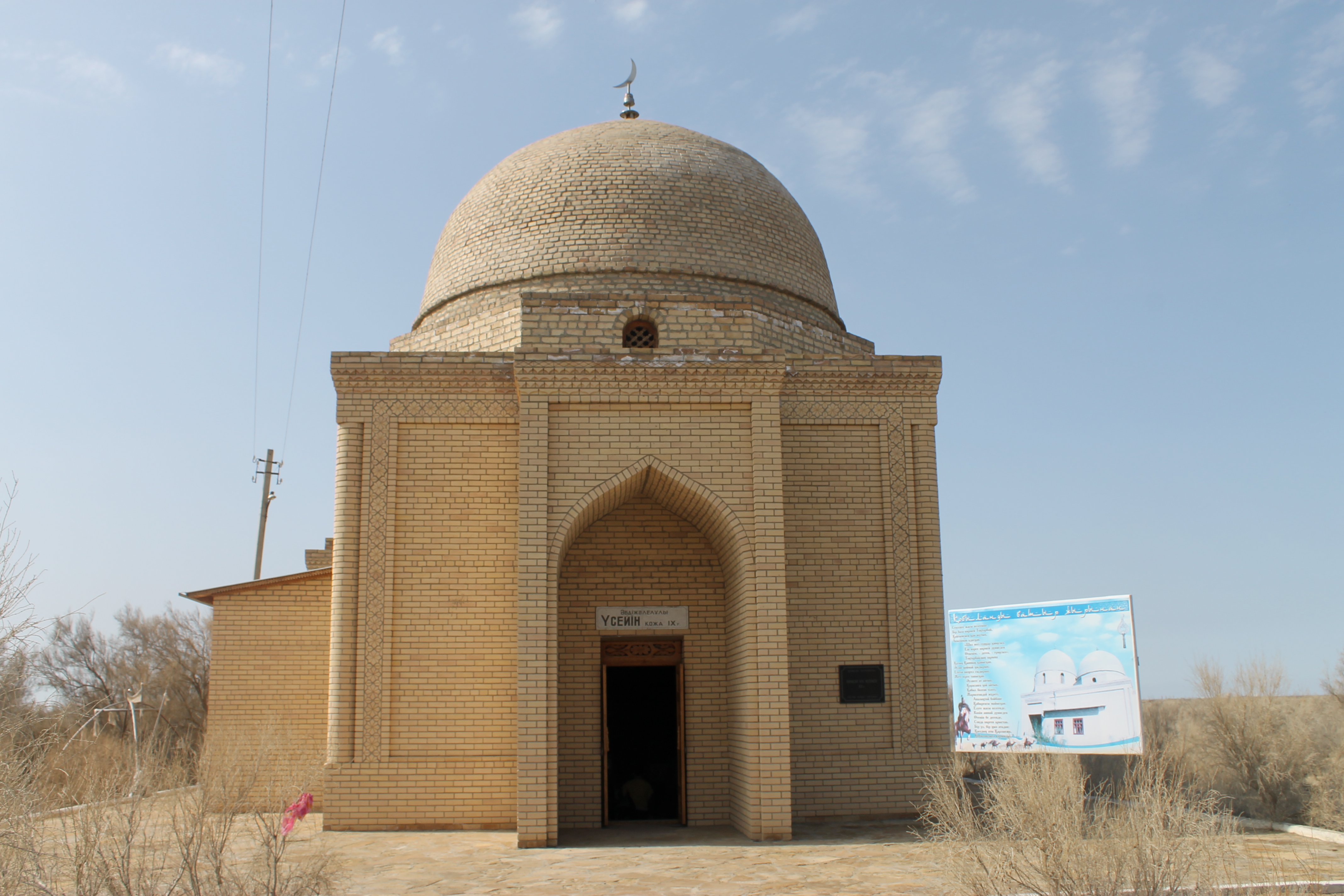
It is located 20 km southwest of the village of Zhanaryk, Zhanakorgan district. The mausoleum was built at the end of the 19th century.
Korasan ata is one of the first Islamic missionaries who arrived in the lower reaches of the Syr Darya. People can hear various legends and stories that Korasan Ata had special qualities, could perform morning prayer in his mosque, and the second in Mecca. The monument is distinguished by the presence of a high tourist potential.
Aktas Mosque
It is located 6 km south of the station of Besaryk Zhanakorgan district. The mosque was built in 1884.
One of the buildings that has a unique architecture characteristic of the 19th century. The mosque was built on the initiative of Ibadullah, Atamagzum - the sons of Aikozhi Ishan, a well-known deep-thinking and religiously literate man in his time. The holy place is a place of pilgrimage for the people.
Aikozha Mausoleum
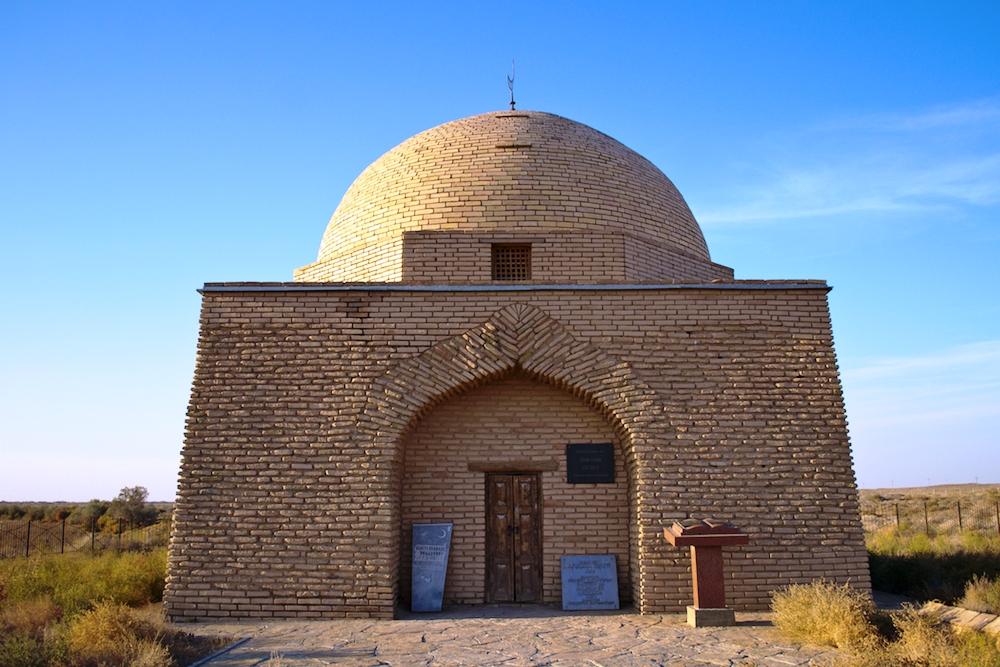
It is located 11 km southwest of the village of Besaryk, Zhanakorgan district. The mausoleum was built in the XVIII-XIX centuries.
The mausoleum was erected on the burial site of Aikozha Ishan, who lived in 1773-1857, known at one time as a visionary, religiously literate and kept a mosque saint. It is one of the prominent monuments of the land of Syr. The holy place is a place of pilgrimage for the people.
Baikonur Cosmodrome
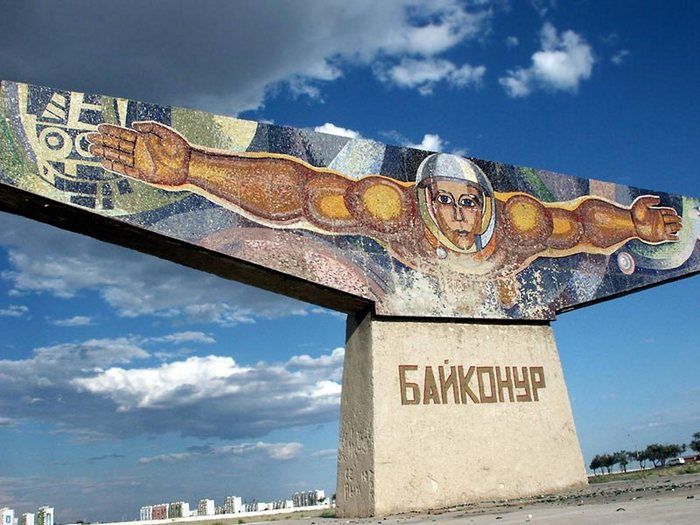
The Baikonur cosmodrome is located on the territory of the Karmakshinsky district of the Kyzylorda region. It was founded in 1955. The reason for choosing Baikonur for the construction of the cosmodrome: the remoteness of this place from settlements, proximity to the equator plane, the safety of rocket launches, the presence of sites favorable for landing returning space objects and other factors.
On October 4, 1957, the first space rocket was successfully launched from the Baikonur cosmodrome. It put into orbit the world's first artificial Earth satellite (ISS). On April 12, 1961, for the first time in the history of mankind, Yuri Gagarin made a space flight on the Vostok spacecraft.
On October 2, 1991, the first Kazakh cosmonaut Tokhtar Aubakirov ascended into space from the Baikonur cosmodrome on the Soyuz-T-13 spacecraft. According to a joint program with Russia, Kazakh cosmonaut Talgat Mussabayev visited space 2 times (1994, 1998). He went down in history as the second Kazakh cosmonaut. On September 2, 2015, the third Kazakh cosmonaut Aydin Aimbetov took to the sky.
Department of Culture, Archives and Documentation of the Kyzylorda region